I try not to get too angry or too political on this blog, but there comes a point when keeping quiet is complicit with violence. I’ve devoted half my life to the study and appreciation of Japanese arts, and now more than ever I feel the need to speak up against the wave of racist violence being perpetrated against Asian-Americans of all cultures. While the most recent horrific attacks have been aimed at Korean and Chinese women, the types of people who commit these atrocities typically don’t know or don’t care about the difference.
Those of us who share a passion for one or more aspects of an eastern culture have a duty to help defend the beautiful, diverse people and cultures to whom we owe so much. So what can we do? Stand up. Speak up. Whether you witness something as egregious as a physical assault on an elderly woman, or people in power using racist terms like Kung Flu, or something as “minor” (and I say that sarcastically) as a relative lumping multiple Asian countries into some vague orientalist monoculture, step in and defend the peoples of those cultures you love and respect so much.
Of course, my way of channelling my frustration and anger usually involves the mannequin. I knew the best starting point would be my orizuru (paper crane) obi and haori, as hope for a more understanding and peaceful world. I paired them with this gorgeous Taisho-era bamboo komon, as bamboo is strong and resilient. It feels like an optimistic coordination in a dark time. I know in the grand scheme of things, this is a bit of an empty gesture, but it helps me to cope.
I wish I had a cute or pithy way to end this entry, but I just can’t find it in me today. Thank you for understanding.
Items used in this coordination
- Vintage Bamboo
- Black Orizuru
- Black Orizuru
- Solid yellow
- Lemon Yellow Shibori
- Bright Yellow

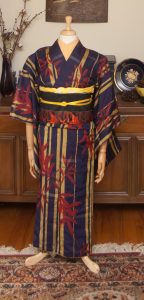
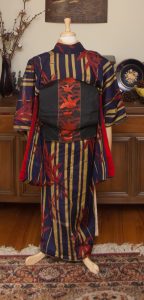
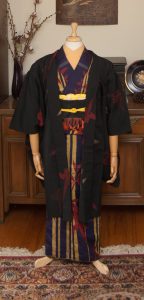
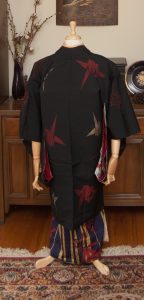

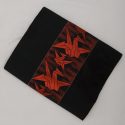
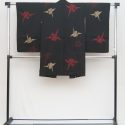

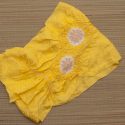
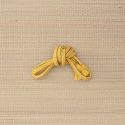
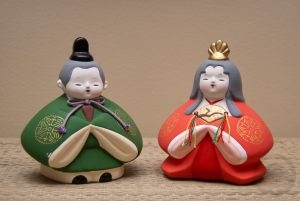
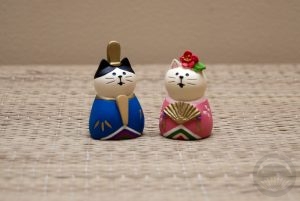
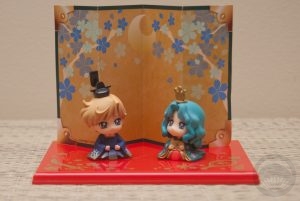
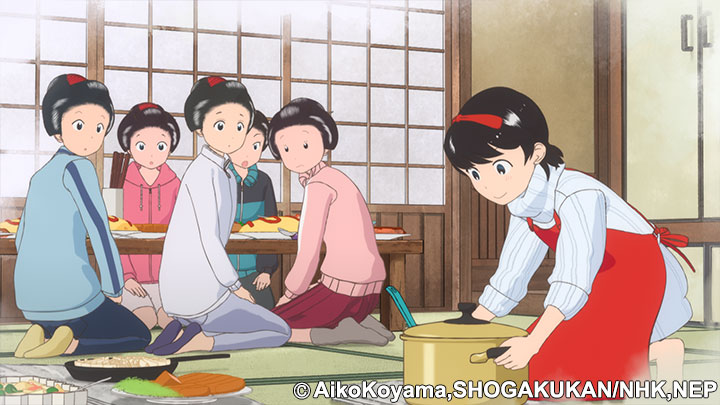
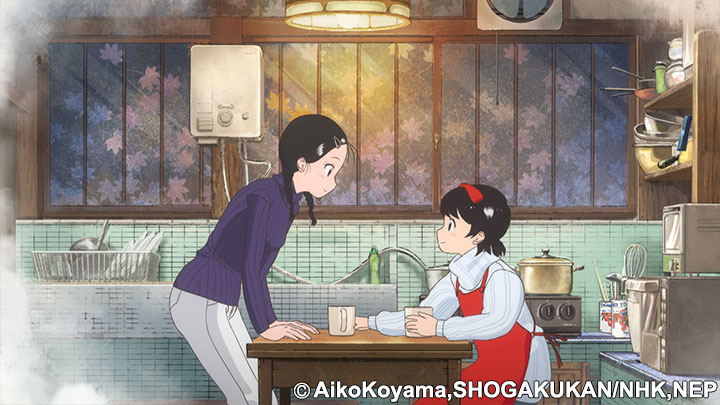
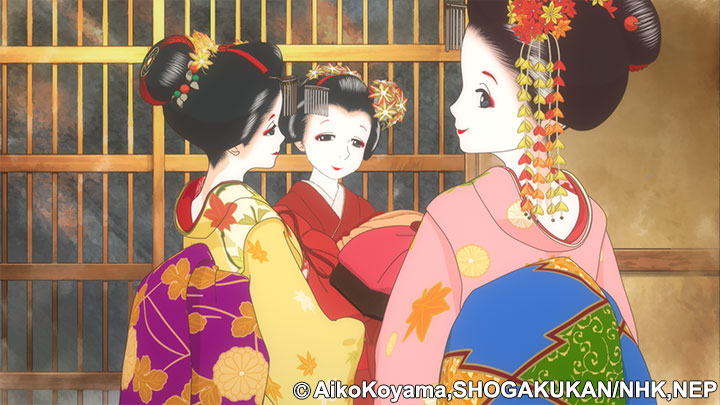
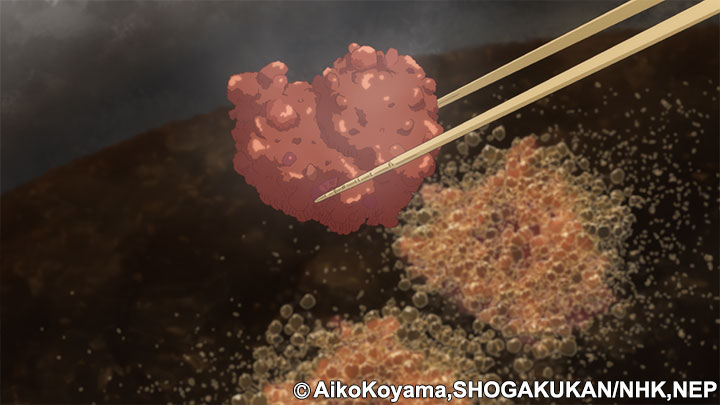
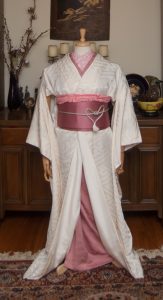
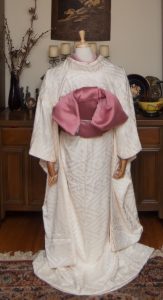
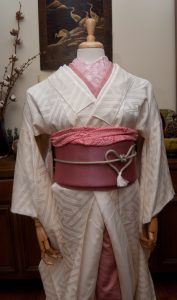




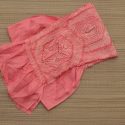

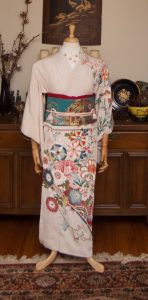
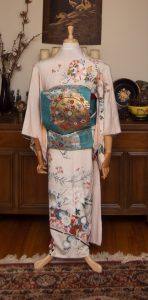
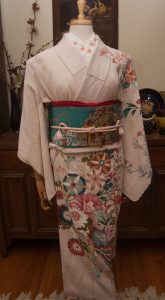
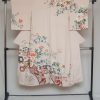
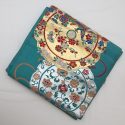


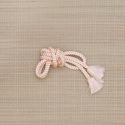











 Bebe Taian
Bebe Taian CHOKO Blog
CHOKO Blog Gion Kobu
Gion Kobu